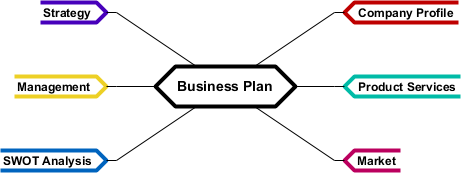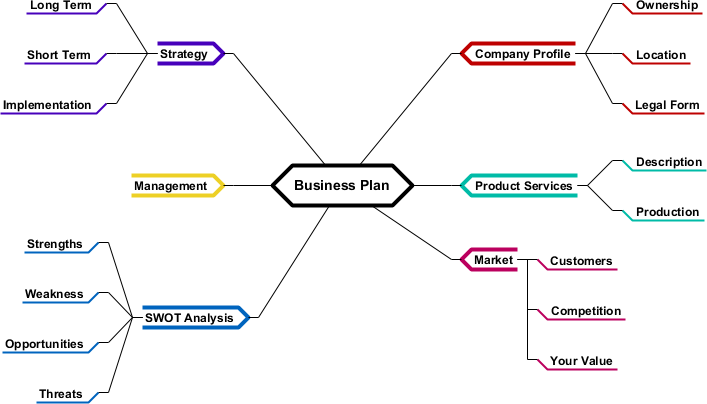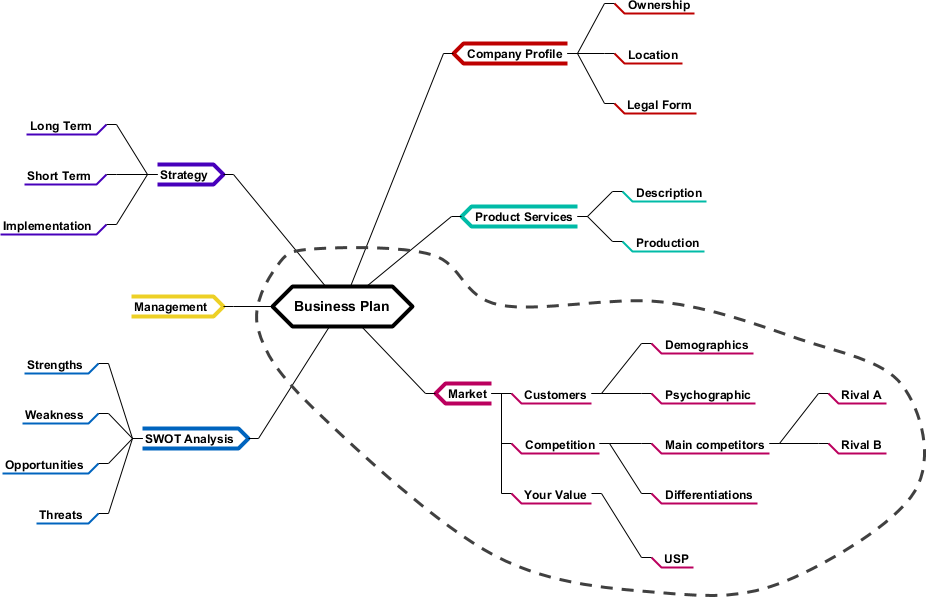What is Mind Mapping?
Mind maps are a great way of organizing your thoughts, especially if you are a visual learner. Just like a road map helps you on a journey. A mind map is hierarchical and shows relationships among pieces of the whole. Mind mapping is a way to represent ideas and concepts in a picture form. By focusing on key ideas and looking for links between them, you can ‘map’ knowledge that will help you better understand, retain and organise information.
Mind mapping is very adaptable. A mind map can help you get from the start to the finish of a project or essay in an organised efficient manner without getting lost along the way. Easy to add ideas later, at any time. Help you focus on the links and relationships between ideas so you don’t just have disconnected facts.
Why Use Mind Map?
Mind mapping helps you to:
- help get you started on your project and assignment
- organize information that you can see at a glance
- see the big picture, or overview, of your assignment, project, or essay
- decide what information and resource material
- identify and prioritize content,
- unlock creative ideas or generate new ones.
Your Brain and Mind Mapping
Mind Mapping technique helps you come out of some creative idea by linking the left side of your brain focused on number, words, lists, and logic to the right side of your brain (the creative side for image and visuals). Your brain functions with full strength by connecting and the left and right sides together. Therefore using image, keywords and color in mind maps, we are maximizing our brain power, which enhances learning and creativity.
Steps for Creating Mind Map
- Place the title of the main theme, or a draw a picture that represents it, in the center of the page (landscape is better).

- Add main branches to the central theme by using lines or arrows that connect to other ‘bubbles’

- These lines show the connection between the two and help to organize your ideas.
- Each bubble should only contain one key word or idea that stems from the central theme.
- These could form the basis for each paragraph or section of an essay.
- Next add more detail by drawing smaller (sub) branches from your key words. This forms the basis for what you want to write about for each idea.

- If you are doing a large project you may need to add even smaller branches onto your sub-branches to flesh out ideas even further.
